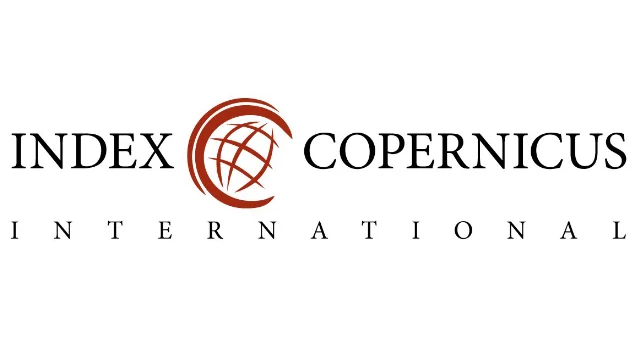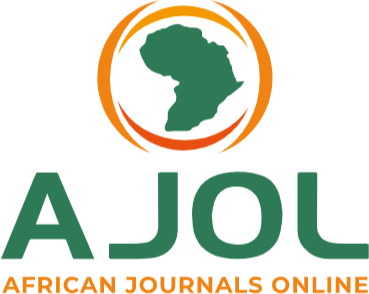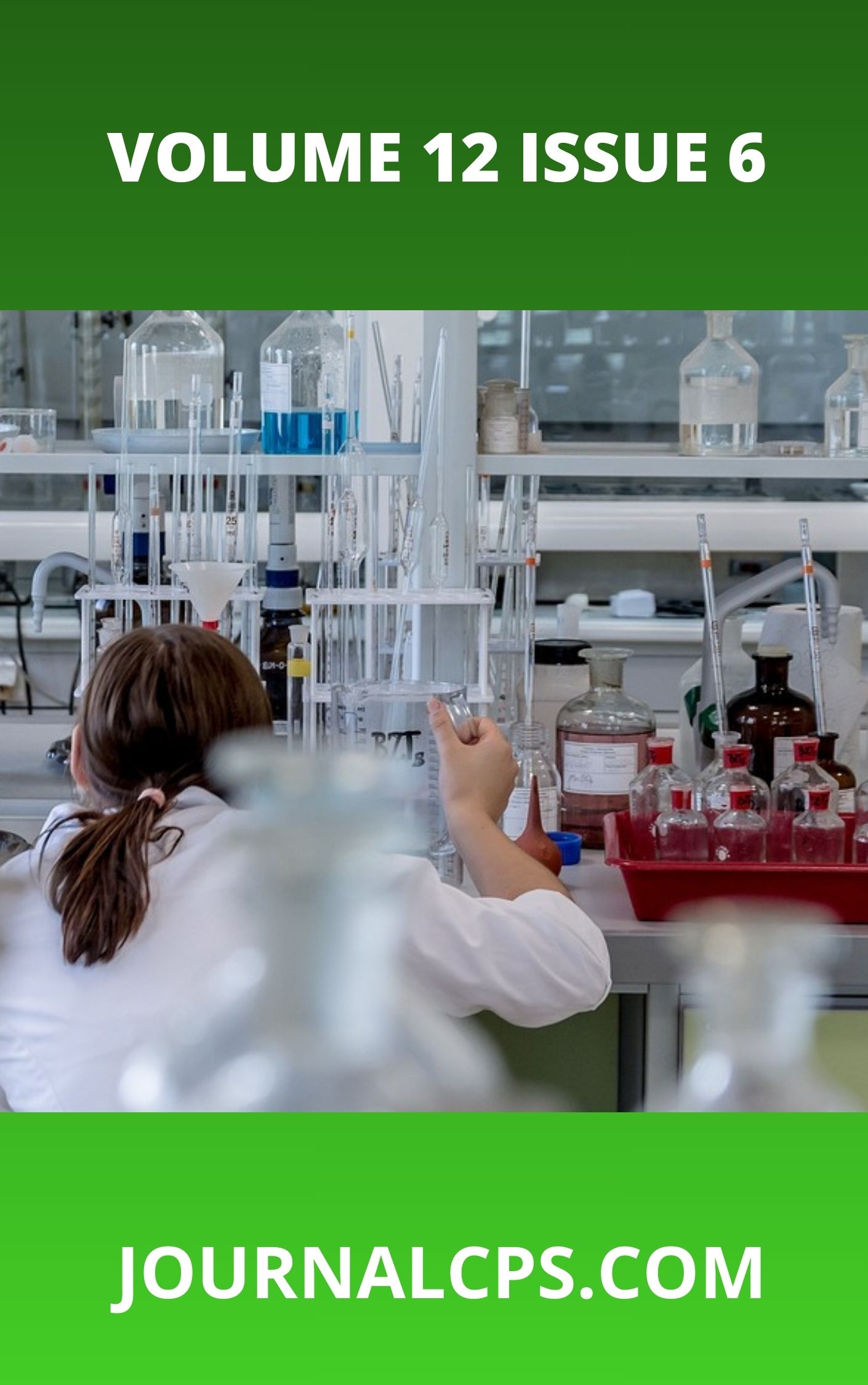Health Risk Assessment of Heavy Metals and Radiation Exposure in Locally Produced Cosmetic Powders used in Benue State
Keywords:
Natural radionuclides, Cosmetic powder, Health Risk Assessment, Safe limit, Heavy metalAbstract
This study evaluates the health risks of heavy metals (HMs) and naturally occurring radionuclides (NRs) in fourteen locally produced cosmetic powders from Benue State, using Atomic Absorption Spectrophotometry (AAS) and a NaI(Tl) detector. Mean concentrations of HMs were Cd (0.104 ± 0.002 ppm), Co (0.022 ± 0.002 ppm), Cr (0.006 ± 0.001 ppm), Ni (0.236 ± 0.002 ppm), and Pb (0.785 ± 0.002 ppm), all below WHO limits (0.30, 1.0, 5.0, 0.60, and 10.0 ppm, respectively). Only Cd in one sample (1.24 ppm) exceeded its limit, yielding a 7.1% exceedance rate. Carcinogenic risk (10⁻⁶–10⁻⁷), hazard index (<0.1), and hazard quotient values confirm negligible non-carcinogenic or carcinogenic risk. Mean activity concentrations of ²³²Th (22.5 ± 1.3 Bq/kg), ²³⁸U (18.9 ± 1.1 Bq/kg), and ⁴⁰K (312.6 ± 5.7 Bq/kg), together with absorbed dose (0.11 mSv/yr), radium equivalent (46.3 Bq/kg), and hazard indices (≤0.23), are all below IAEA/UNSCEAR safety thresholds. These results suggest that the cosmetic powders pose no significant toxicological or radiological health risks, supporting safe patronage and the growth of micro, small, and medium enterprises (MSMEs) in the region.
Downloads
Published
Issue
Section
Similar Articles
- Emeka Chima Ogoko, Aletan, Uduak Irene, Osu Charles Ikenna, Henrietta Ijeoma Kelle, Nnamdi Ibezim Ogoko, Heavy Metal Status and Health Risks Assessment of Some Local Alcoholic and Non-Alcoholic Beverages Consumed in Aba, Nigeria , Communication In Physical Sciences: Vol. 11 No. 4 (2024): VOLUME 11 ISSUE 4
- Olusegun Sawole, Kolawole Abiodun Egunjobi, Adebola Daniel Awofodu, Health Risk Assessment of Natural Radionuclides Ingestion from Selected Edible Crops in Farmlands Around Limestone Excavation Area in Ewekoro, Ogun State , Communication In Physical Sciences: Vol. 9 No. 4 (2023): VOLUME 9 ISSUE 4
- Kingsley Ochommadu Kelechi , Onwubuariri Nnamdi Chukwuebuka, Chiazor Faustina Jisieike, Ezere, Uchechi Ahunna, Muyiwa Michael Orosun, Chisom Loveth Kelechi, Health Risk Assessment of Heavy Metal Contamination in Water Sources at Michael Okpara University of Agriculture , Communication In Physical Sciences: Vol. 12 No. 3 (2025): VOLUME 12 ISSUE 3
- Umar Dangoje Musa, Eloayi David Paul, Sani Uba, Nsikan Nwokem, Sani Danladi, Risk Assessment of Selected Metallic Pollutants in Fish from Zuru dam, Kebbi State, Nigeria , Communication In Physical Sciences: Vol. 12 No. 3 (2025): VOLUME 12 ISSUE 3
- A. Yahaya, A.A. Abdulbasit, A.D. Onoja, A. Abdulkareem, O.L. Idowu, J. Odoma, V.F. Omale, D. Onuche, R.O. Nayo, J. S. Abimaje, Analysis of Heavy Metals in Roasted Meat (Suya) in Anyigba, Kogi State, Nigeria and their Health Risk Assessment , Communication In Physical Sciences: Vol. 6 No. 1 (2020): VOLUME 6 ISSUE 1
- Elisha Karu, Buhari Magaji, Aishatu Umar Maigari, Fauziyya Aliyu Jibo, Health Risk Assessment of Heavy Metals in Soil Rhizosphere and Onion Bulbs Cultivated in Danbam Farmlands, North East, Nigeria , Communication In Physical Sciences: Vol. 7 No. 3 (2021): VOLUME 7 ISSUE 3
- Kelle Henrietta Ijeoma, Oluade Oludare Abiola, Achem Daniel, Human Health Risk Assessment of Pesticide Residues in Solanum lycopersicum Fruit Sold in Lagos Metropolis, South-West Nigeria , Communication In Physical Sciences: Vol. 5 No. 4 (2020): VOLUME 5 ISSUE 4
- Sowole, Prof. Olusegun Sowole, Radiological assessment of radionuclides in fishes and health risks on the consumer from Ijagun River in Ijebu area of Ogun State , Communication In Physical Sciences: Vol. 12 No. 6 (2025): Volume 12 ISSUE 6
- Uzo Anekwe, Assessment of Background Ionizing Radiation and Radiological Health Risks in Federal Government Girls’ College, Imiringi, Nigeria , Communication In Physical Sciences: Vol. 11 No. 2 (2024): VOLUME 11 ISSUE 2
- Olusegun Sowole, Adesoji A. R. Adebambo, Radiological Assessment of Primordial Radionuclides in Crab Species from Igbokoda River in Southwest of Nigeria , Communication In Physical Sciences: Vol. 7 No. 1 (2021): VOLUME 7 ISSUE 1
You may also start an advanced similarity search for this article.




